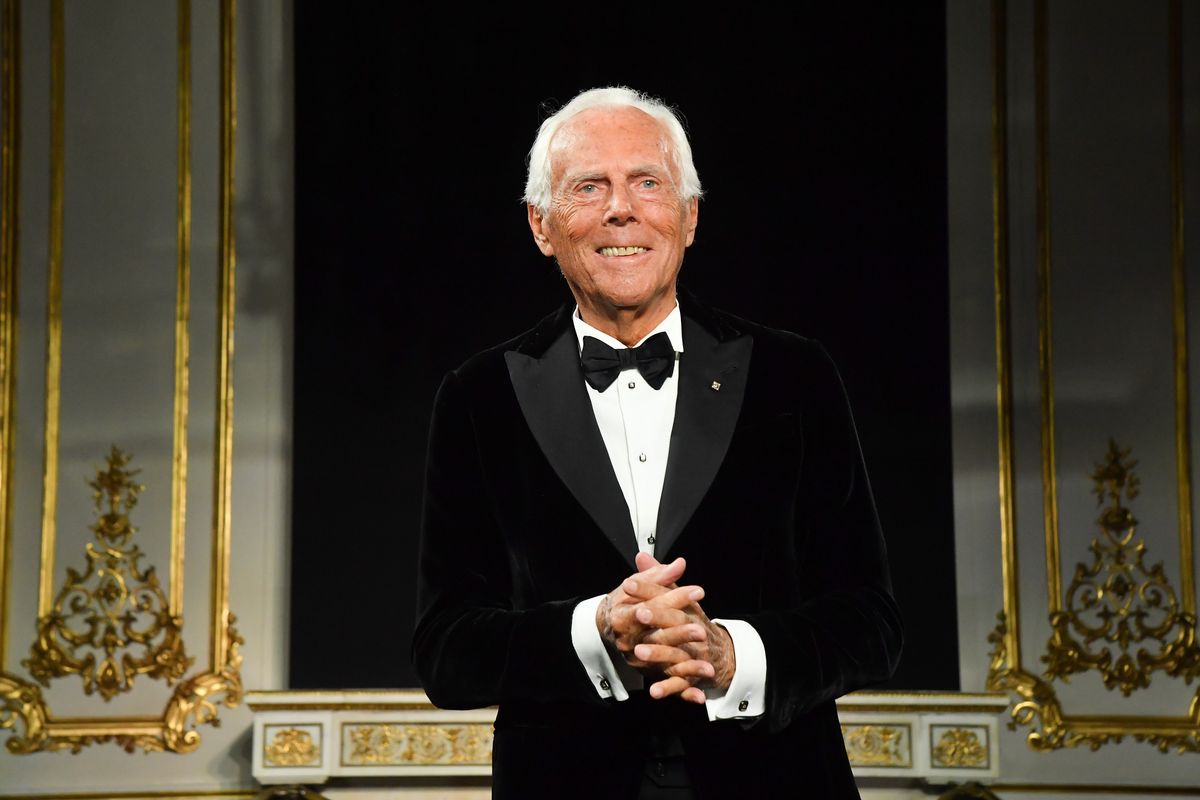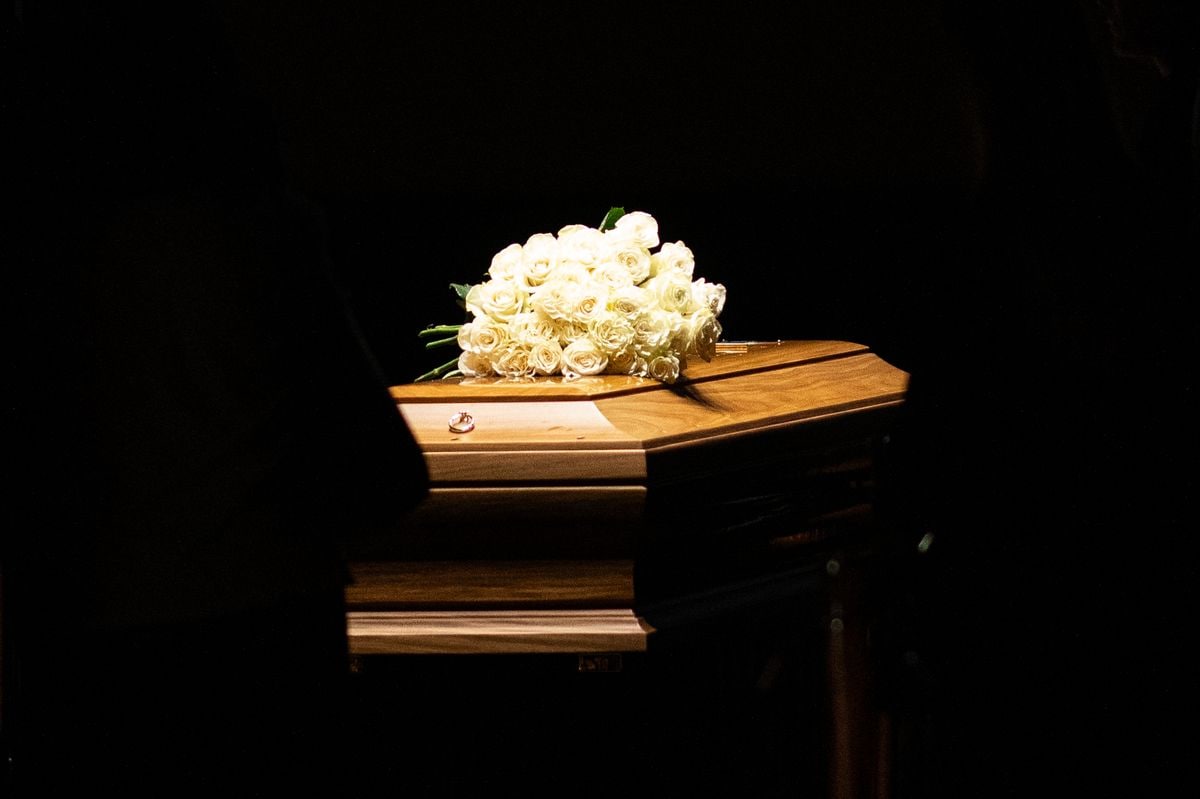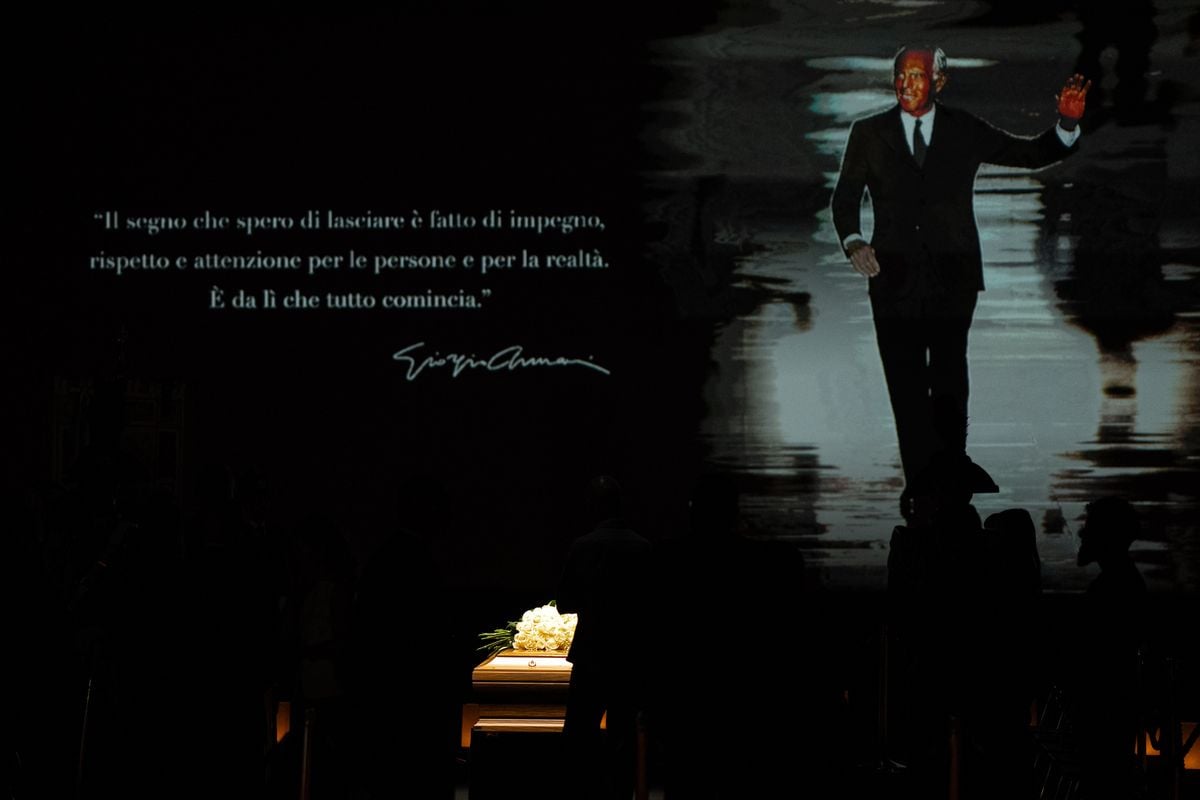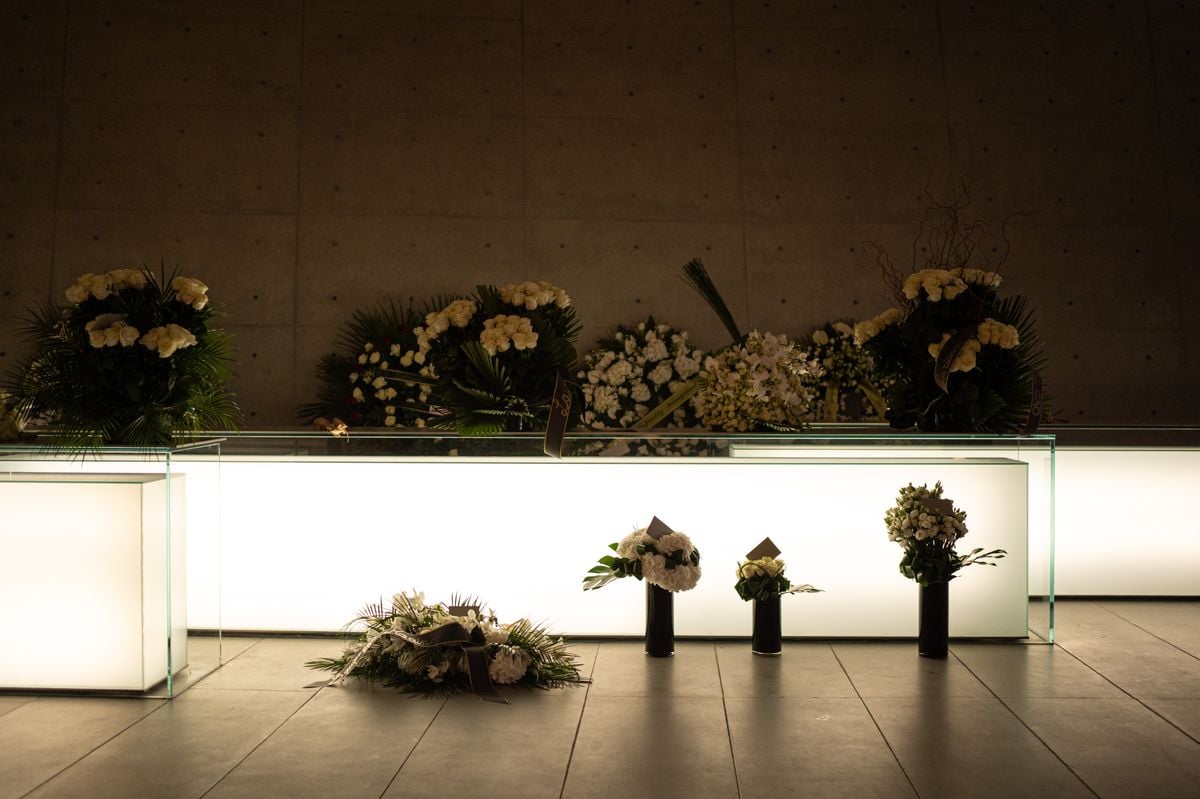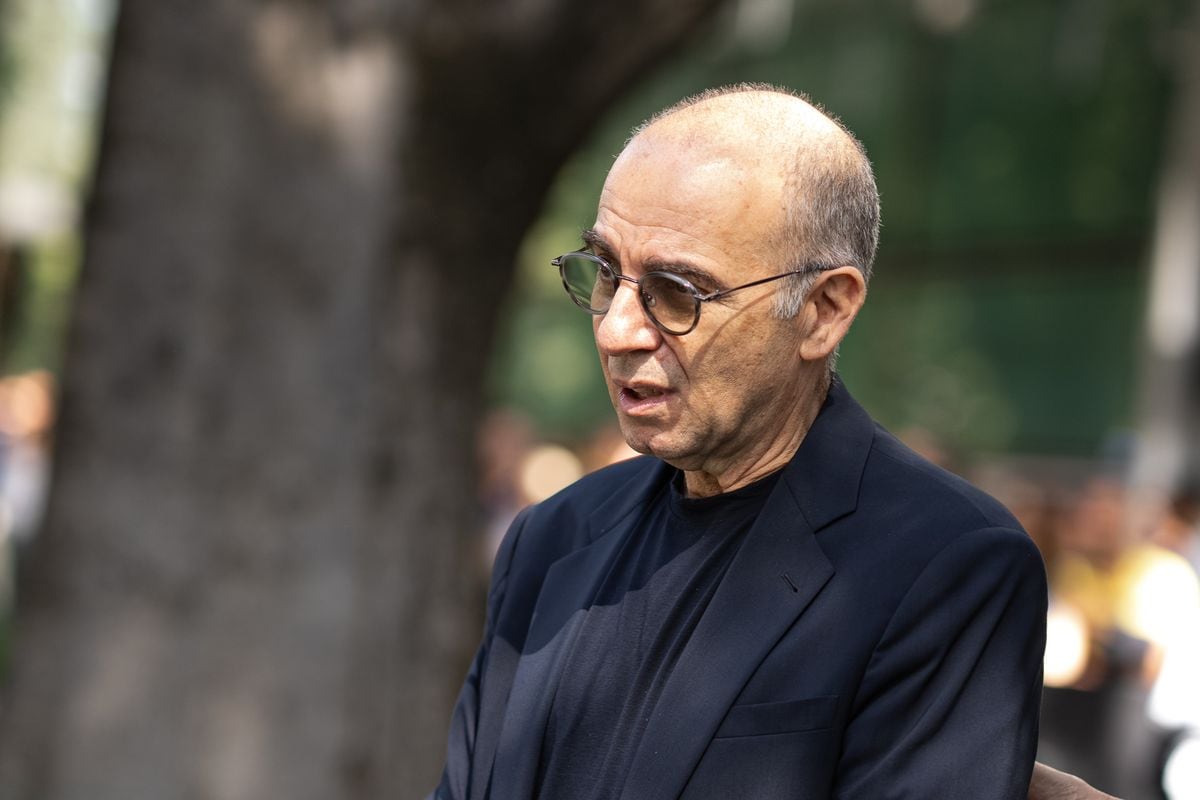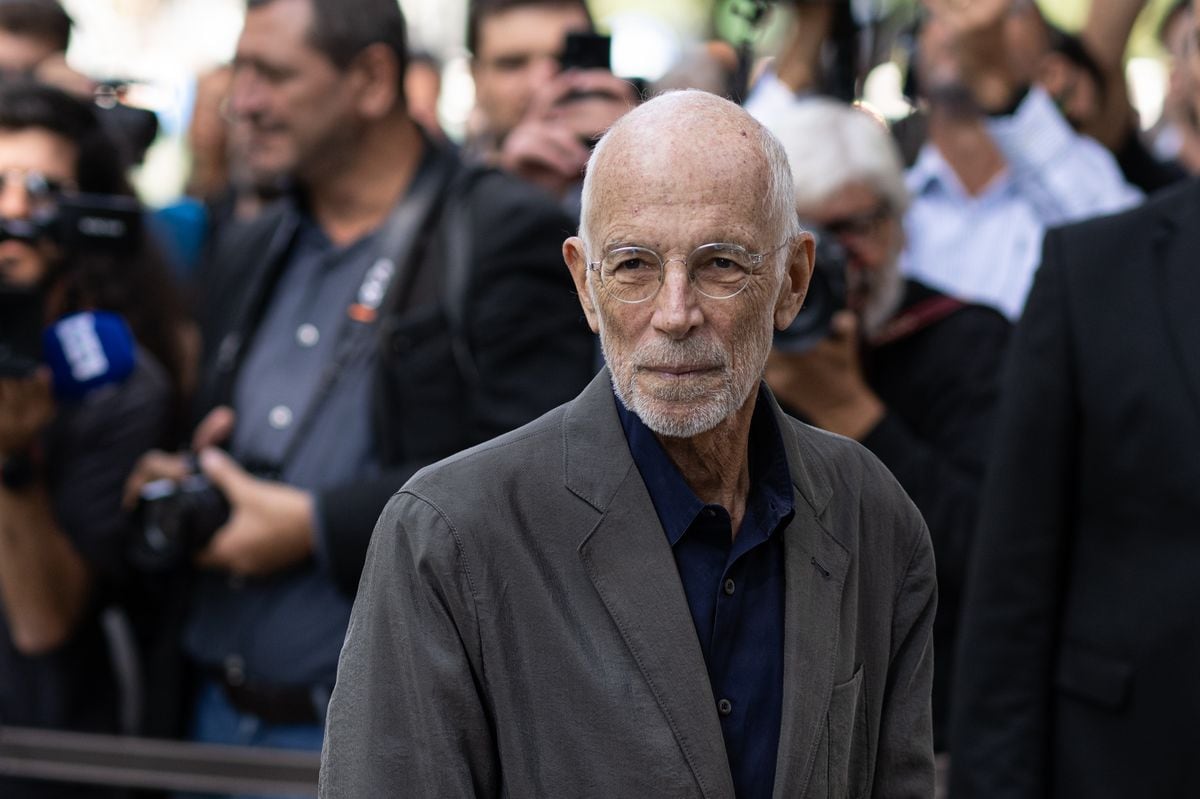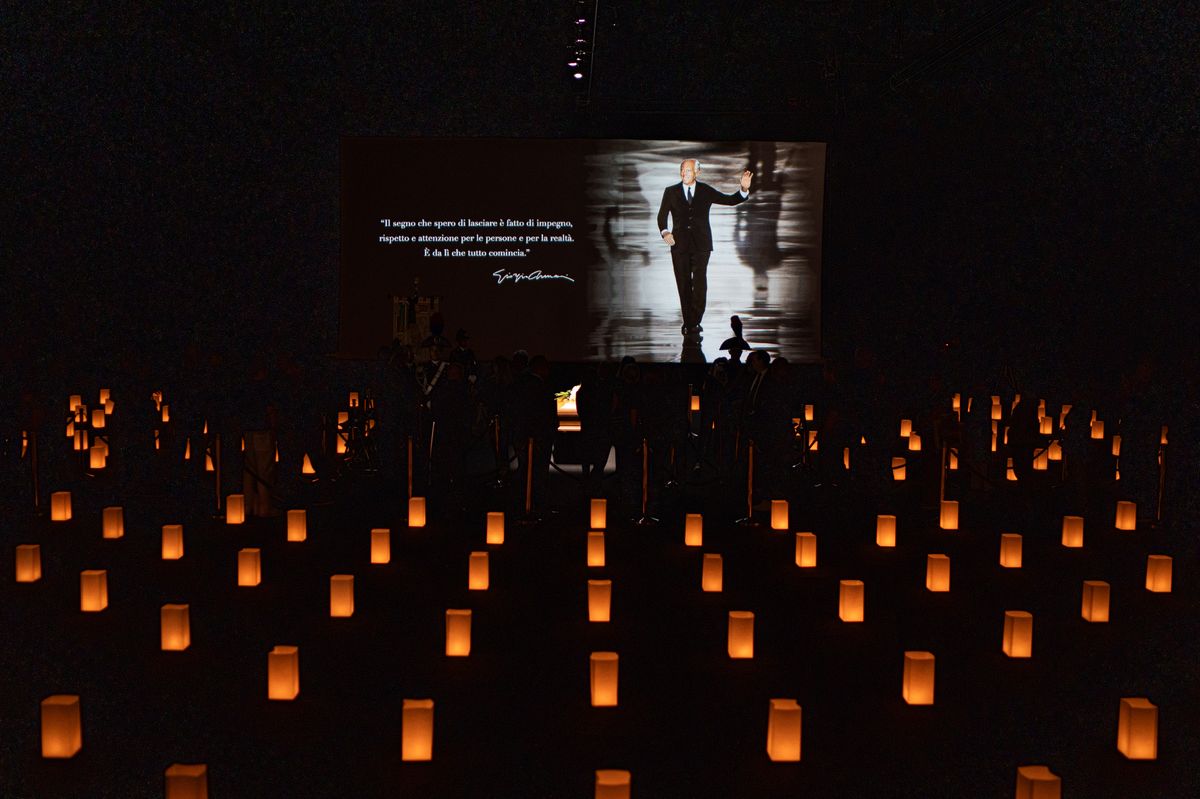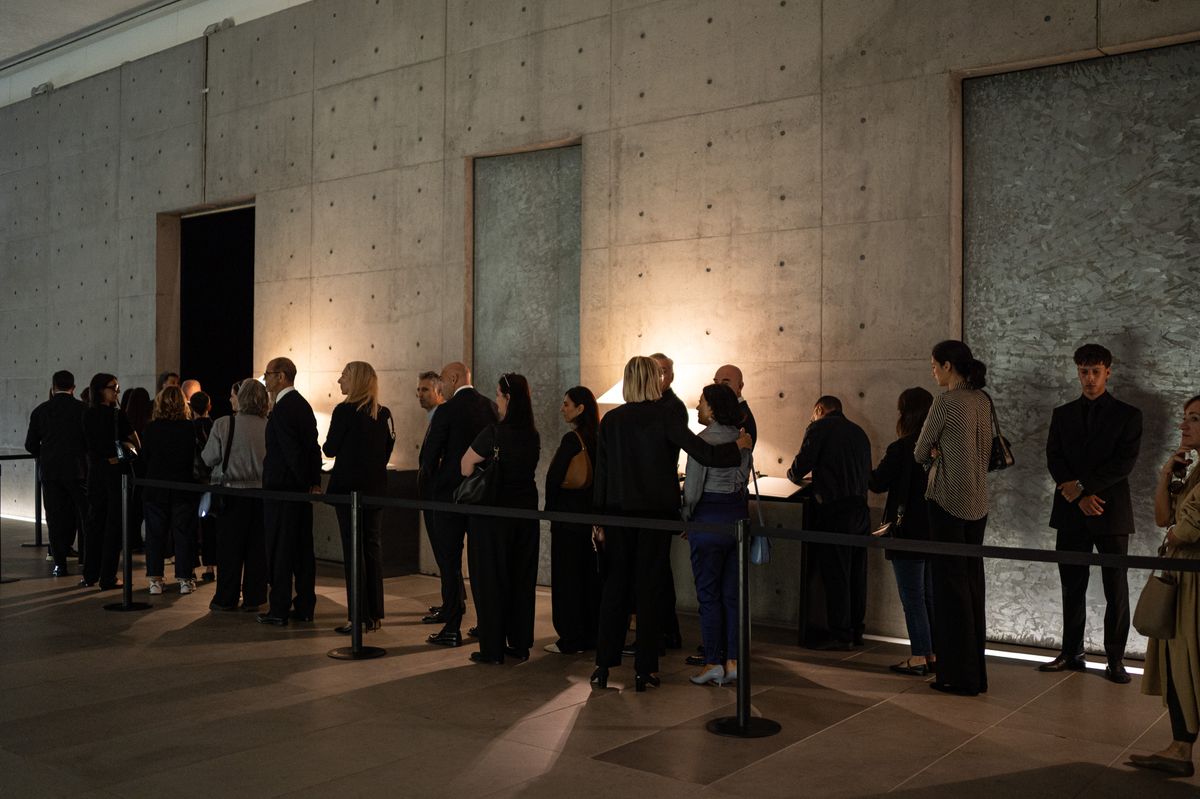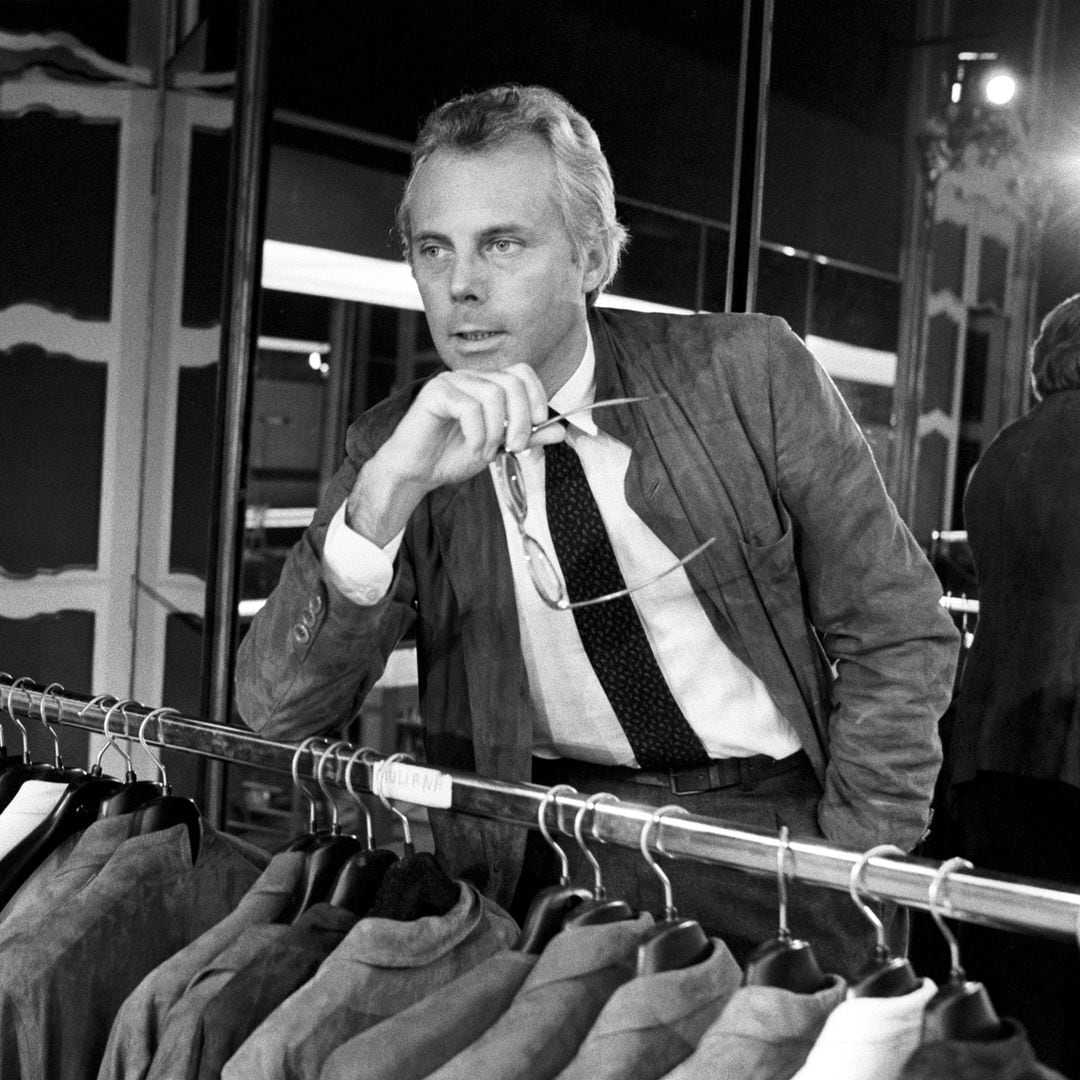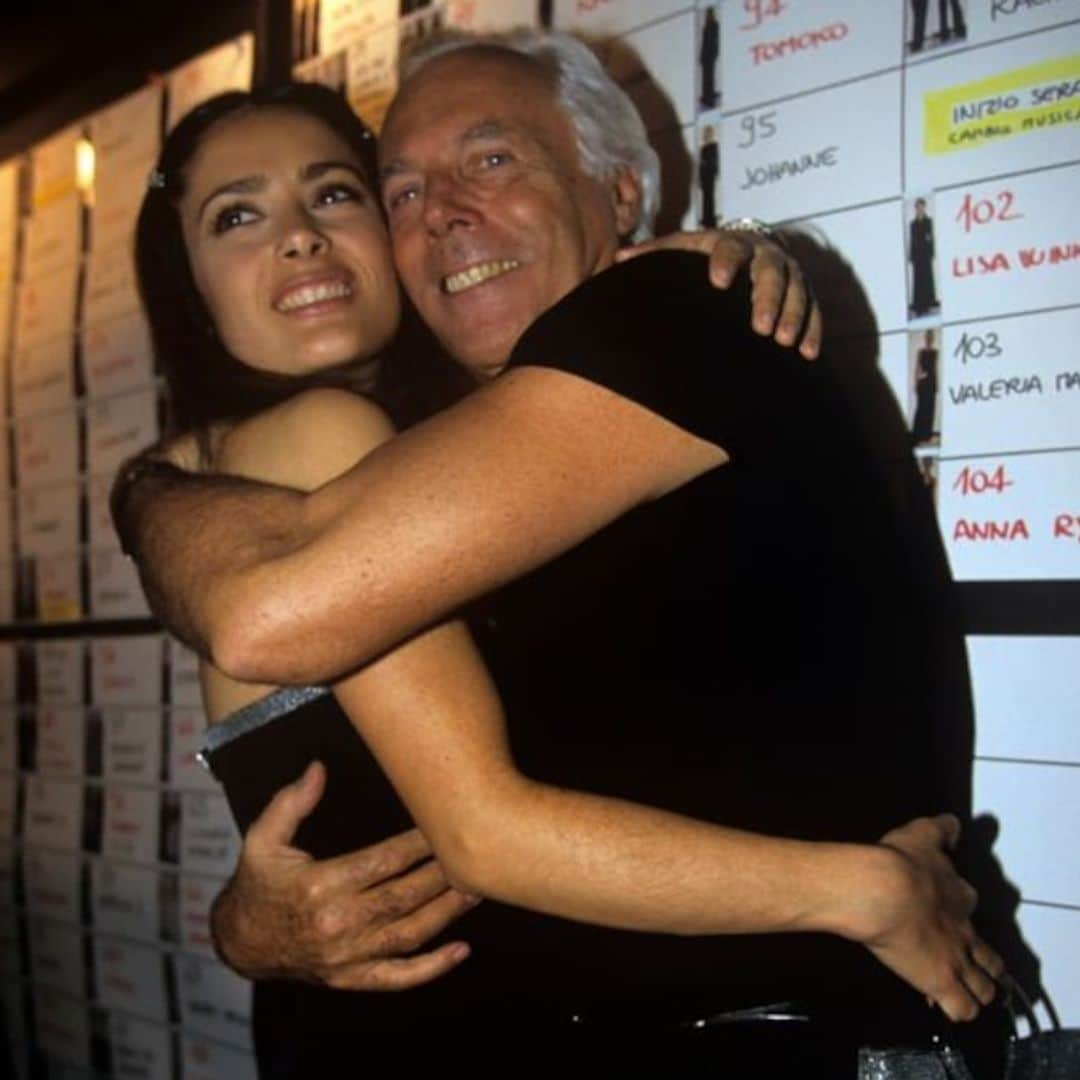Named by Forbes as the most commercially successful Italian designer in 2011, he built an estimated fortune of 7 billion euros thanks to his women’s, men’s, children’s, and even home fashion lines. Giorgio Armani, the couturier and creator of Italy’s golden era, passed away this Thursday at the age of 91 in his home country, a profound source of inspiration for his work.
"With infinite sorrow, the Armani Group announces the passing of its creator, founder, and tireless driving force: Giorgio Armani,” read the company's statement. "Il Signor Armani, as he was always respectfully and admiringly called by his employees and collaborators, passed away peacefully, surrounded by his loved ones. Indefatigable to the end, he worked until his final days, dedicating himself to the company, the collections, and the many ongoing and future projects."
This Saturday, the funeral chapel was set up at the Armani Theater in Milan. Countless friends, colleagues, and followers of the brand gathered at Via Bergognone 59 to pay tribute to one of the finest tailors in fashion history. From nine in the morning until 7 p.m. on Sunday, the space will remain open to bid a final farewell to a creator of his era, a multidisciplinary artist who marked a turning point in Haute Couture, bringing Italian elegance to every corner of the world. His funeral, which will be private, will take place this Monday, September 8, in the Italian capital.
The most notable celebrity to visit the funeral chapel this Saturday was fellow designer Donatella Versace, who a few months ago stepped down as creative director of the brand founded by her brother, Gianni, and which she elevated and kept in the spotlight after his passing. Dressed in a black suit and sunglasses, her presence was highly anticipated and served as a reminder of the commitment she has always shown to fostering solidarity and camaraderie among Italian designers.
Another star who did not want to miss this final farewell was TV host and model Valeria Mazza. Accompanied by her husband, Alejandro Gravier, the Argentine made sure to attend the Armani Theater. Well-known figures from Italian society, such as TV presenter Ilaria D'Amico, filmmaker Gabriele Salvatores, and Cinema Paradiso director Giuseppe Tornatore, joined her.
Figures from the worlds of film, entertainment, fashion, and even a few business leaders made their way to the Armani Theater in Milan, where many citizens had been lining up since early morning to say goodbye to the designer and pay their respects in a beautifully arranged funeral chapel: a simple casket surrounded by white flowers, a room carefully lit with a series of lamps, and an image of him accompanied by a phrase that reads, “The legacy I hope to leave is marked by commitment, respect, and care for people and reality. That is where everything begins.”
This morning, gallery owners, photographers who had posed for him or captured models wearing his designs, cultural figures, and even members of the European Parliament came to pay tribute to one of the most notable Italians of the past century.
Armani was born in Piacenza, Italy, on July 11, 1934. Passionate about anatomy, his enthusiasm led him to study medicine at the University of Milan. However, his study of the human body soon shifted toward a much more artistic path: fashion and Haute Couture. After completing his military service and working as a window dresser at La Rinascente, one of the most luxurious and exclusive department stores in the Italian capital, Giorgio began to develop his skills as a designer.
During his early years (from 1961 to 1970), Giorgio Armani focused on men’s fashion, first designing for the Nino Cerruti label and later working independently. His first collection arrived in 1974, which he presented to the public in a Milan café, and a year later he embarked on the adventure of creating women’s designs. His pursuit of simplicity laid the foundation for his textile revolution, the Armani brand: a rational response to the practical needs of women at a pivotal time when they were entering the workforce and moving away from the home.


